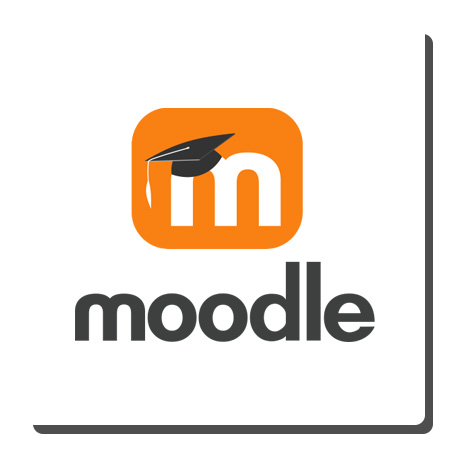COMPUTATIONAL THINKING: WHAT IT IS ABOUT AND HOW WE CAN DEVELOP IT
Credit: Radio Nacional.
Computational thinking is an important innovation applied in education classrooms, where skills and mental processes are fundamental to solving problems effectively, using concepts and methods taken from computer science. This methodology uses new teaching and learning methods for students and teachers.
“As in any discipline or profession, there are always a series of methodologies, techniques, and ways of working, which are then perceived to be applicable in the educational environment. Furthermore, in the world in which we find ourselves, we know that technology is filling practically all spaces,” said engineer Hugo Vizcarra, coordinator of the STEAM Project at the Faculty of Science and Engineering of Cayetano Heredia, in an interview by Radio Nacional.
Learning computational thinking involves breaking down complex problems into manageable parts, identifying patterns, abstracting irrelevant details, and designing practical algorithms. These skills are indispensable for tackling a wide range of challenges in diverse areas, from computer science to everyday life.
“In the coming years, every professional must know how technology works, automation, artificial intelligence, programming, and computer science, because all areas, disciplines, and professions will be immersed in this. Therefore, we need our students, who will lead in the future, to have a thinking that connects with computational thinking to face problems, such as when one solves a problem through computer science.” In essence, it is a necessary learning, added engineer Hugo Vizcarra.
In this digital age, technology plays an increasingly important role in all areas. Computational thinking equips people with essential skills to understand and use technology effectively in their personal and professional lives.
This approach to computational thinking involves logic and precision but also fosters creativity by requiring people to find innovative solutions to complex problems, promoting experimentation and lateral thinking, which can result in unique and original solutions.
“For students, computational thinking will be motivating; for professors, it requires prior dedication to understand how it works. That is what we do at the faculty. There, we work with children and adolescents. We are trying to introduce computational thinking in elementary and high school. With professors, we have many training spaces so that they can apply it in their areas,” he added.
Mr. Vizcarra recommended that the learning of this approach should also include parents using the number of applications that can be downloaded to cell phones to educate themselves and, at the same time, instruct their children in learning computational thinking.
“I think there is an important role to play there: to train parents so that we use technology, but in search of a solution and not just as a distraction.”
Another benefit of this approach is to improve collaboration skills by teaching people to communicate effectively, share ideas, and work together to solve complex problems.
It is about training new citizens for future work, especially with increasing automation and digitization, which are more prevalent in various work areas. Computational thinking skills are increasingly in demand for employers.
In conclusion, computational thinking prepares students for future careers and enhances their adaptability and competitiveness, increasing their employment prospects and preparing individuals to succeed in various careers.
Learn more about the STEAM method here




